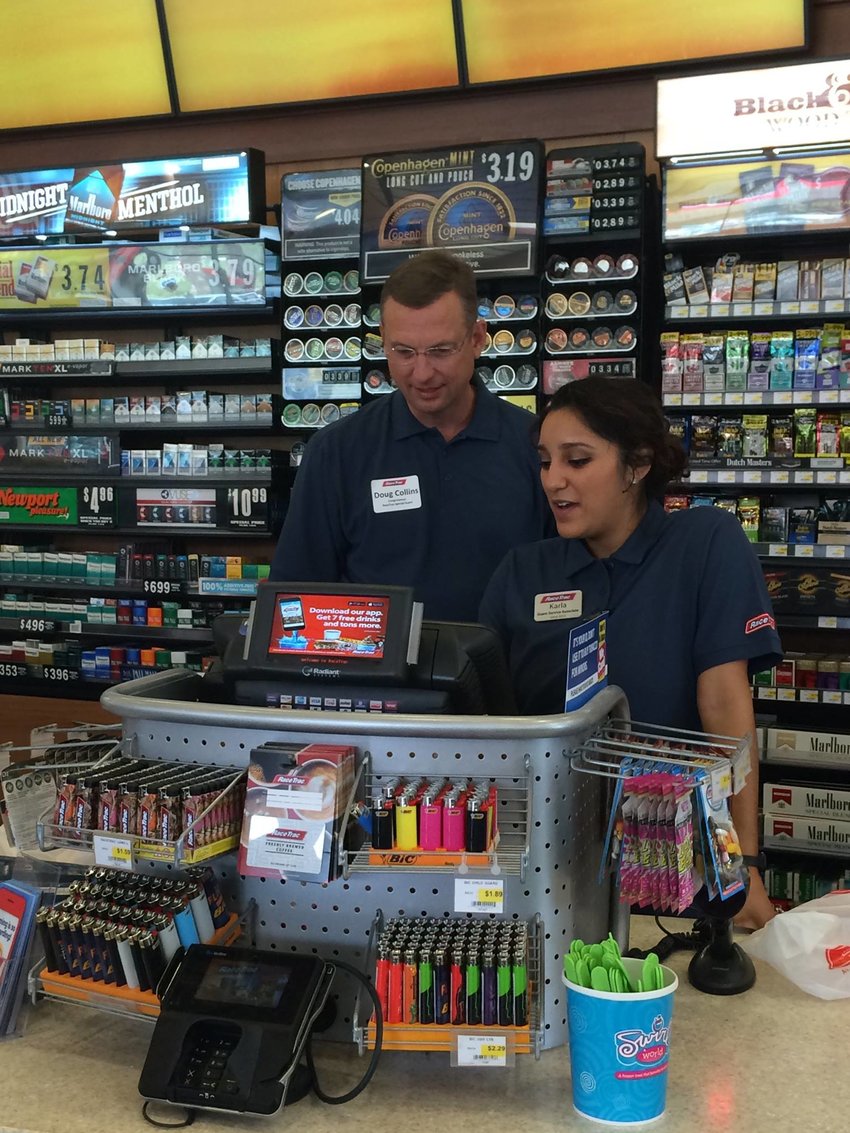Displays inside the store are an increasingly important means of promoting merchandise. They attract customers’ attention, inviting the customer not only to observe what is on exhibit, but also to look at the merchandise around the display. They show off merchandise, presenting it in a way that makes it look different or desirable. Sometimes, they show the merchandise “in use”, helping the customer to visualise the benefits of owning such a product. Interior displays also help direct traffic flow in the store, forcing customers to walk toward or around displays and into areas of the store, which they may not have intended to visit.
Every retailer uses interior displays to show off merchandise inside the store. There are several different kinds of interior displays. Which one is used, depends on the type of merchandise and the amount of space available in the store. Most stores use a combination of one or more of these interior displays.
Open Display
Merchandise placed on counters, tables, or shelves, invite handling and examination by customers. People are more likely to reach out and grab something on open display, which makes it an effective means of showing off merchandise. Open displays are especially good for selling “impulse” items. A drawback is that they increase the risk of loss due to damage by customer handling.
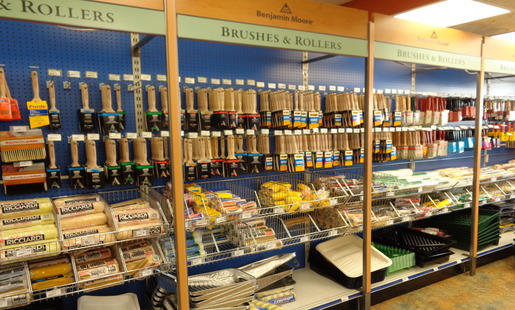
Closed Display
Crystal, jewellery, and other expensive or fragile merchandise are often displayed in enclosed showcases or wall cases. They allow customers to look at the goods, but not to handle them. These types of display cases prevent the goods from being damaged or stolen, while at the same time allowing customers to look at merchandise without having to wait for a demonstration by a sales person.

Raised Display
Displays are often built upon raised platforms, placed at important traffic points: near entrances, at the ends of aisles, in front of escalators or lifts, or as a focal point on the selling floor. Usually, dressed mannequins are arranged on the platform, often along with furniture or goods such as bicycles, that are used as props.
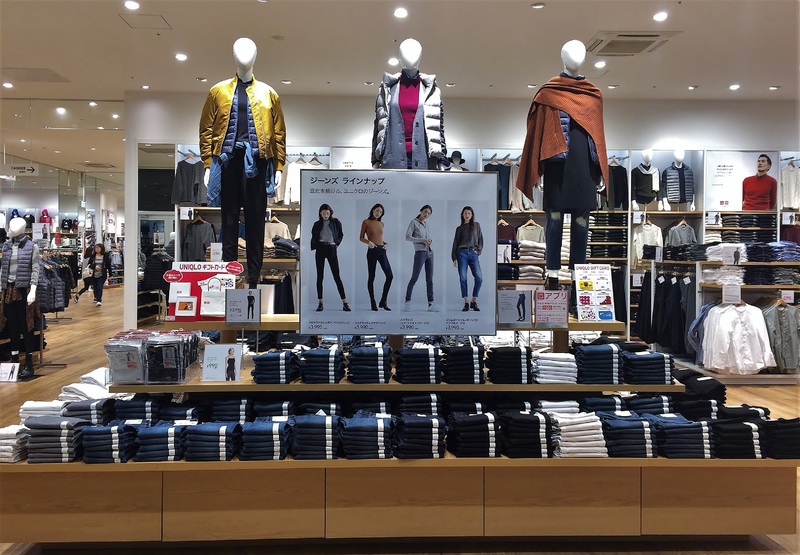
Island Display
Sometimes, merchandise is stacked high on large, open tables separated from other displays. These islands are typically used in department stores to exhibit a single item (jerseys), or a single item with related merchandise (shoes and pocketbooks, shirts and ties, calculators and pens). They usually feature sale merchandise. Such displays are most effective when placed in busy customer-traffic areas.
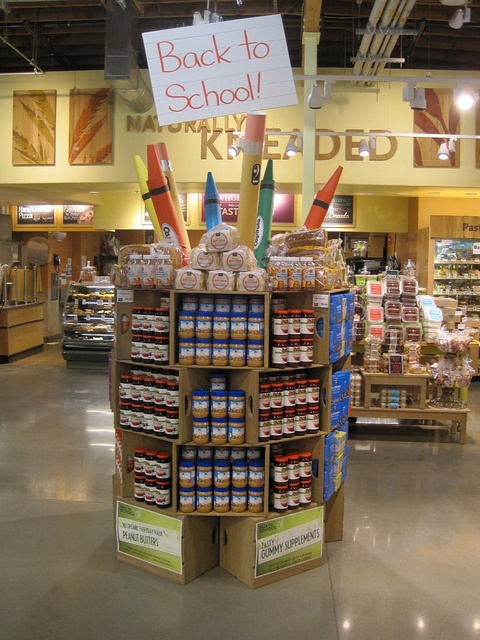
End Display
These displays are set up at the end of aisles. Depending on the merchandise, end displays are presented in closed cases, open bins or on shelves. They usually feature “in-demand” and specially-priced merchandise. Supermarkets and discount department stores frequently use end-displays.

Background Display
Most stores have empty spaces they use to display merchandise. Depending on the type of goods, items can be exhibited on shelves, on ledges, along partitions, or on walls. Displays in these areas keep busy aisles clear of merchandise while adding interest and personality to the store’s interior.
As floor space becomes increasingly expensive, retailers are relying more on such alternative display spaces.
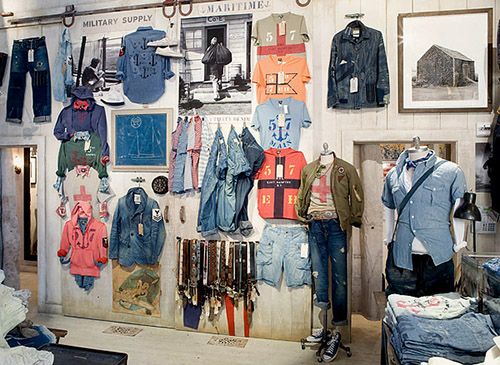
Shadow Box Display
Dramatic displays can be created as ‘shadow boxes’; small boxes open at the front, usually with a lit interior. These shadow box displays are usually located behind a counter. They are used to show off one or two items. Although out of reach of customers, their bright lighting draws the eyes to look inside.
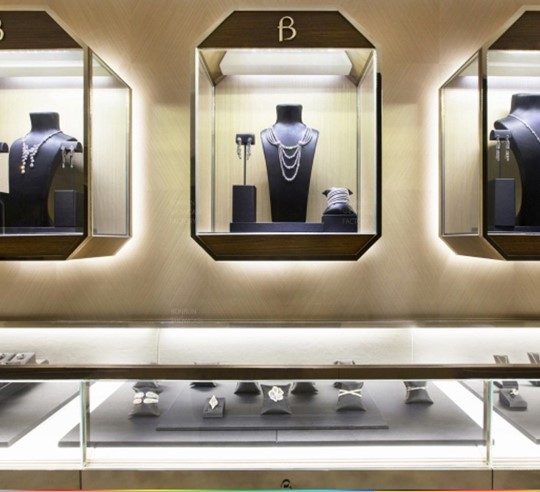
Flying Display
Stores with limited display areas frequently hang merchandise from the ceiling using wire or hangers. This is common practice for fashion merchandise. Flying displays allow for dramatic floor-to-ceiling presentation of colour and design.
Staged Display
Sometimes, “sets” are built for displaying goods. Furniture, for example, is often displayed in model rooms. Bathroom fixtures and kitchen cabinets are shown in similar settings. Such merchandise is usually ordered from a warehouse, so the store sets up displays to help the customer visualise the merchandise in use, making it more appealing.
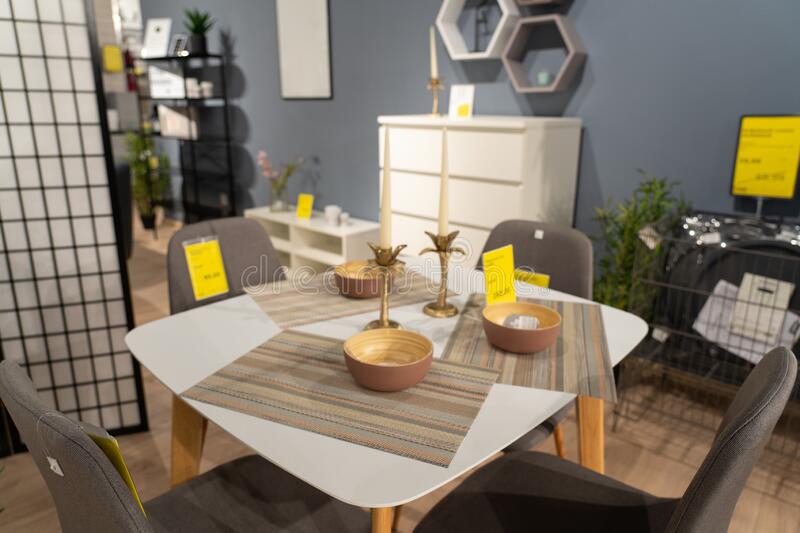
Demonstrations
The demonstration of products can be very important. We will often find that manufacturers/distributors use demonstrations to promote new products and enhance sales. Another item that the manufacturers or distributors want customers to “experience” is fragrances. To ensure that this happens, “spray girls” will be appointed. Their role would be to introduce the customer to the fragrance. Demonstration is an effective promotional exercise common to most organisations.
Tasting is another form of demonstration and promotion of food products. If a customer tastes the product and likes it, it will improve the chances of them buying it.

Merchandise at Point Of Sale
The position of the point of sale makes it very ideal for promotional displays. Small products on promotion are better positioned at the point of sale. Buying on impulse makes up a very important aspect of sales. We find that stores would encourage this with items displayed at the point of sale. Think what kind of merchandise you would normally find there; it is often small items such as sweets, cool drinks, razor blades and sometimes items on promotion.
